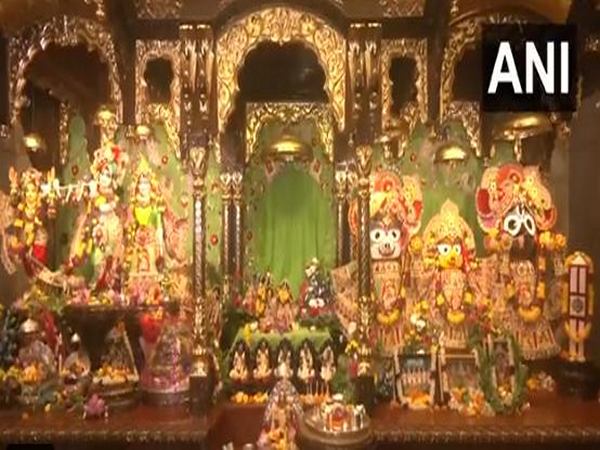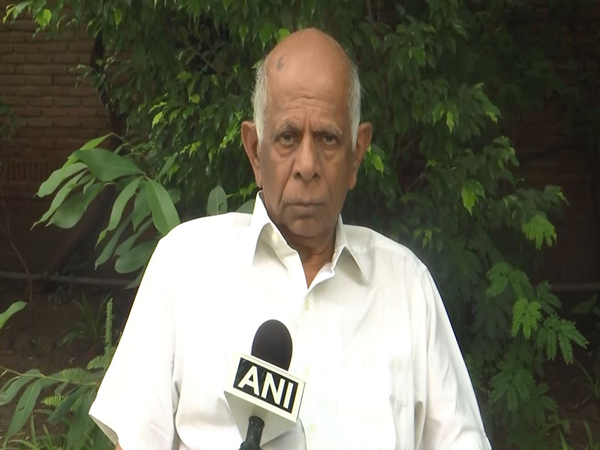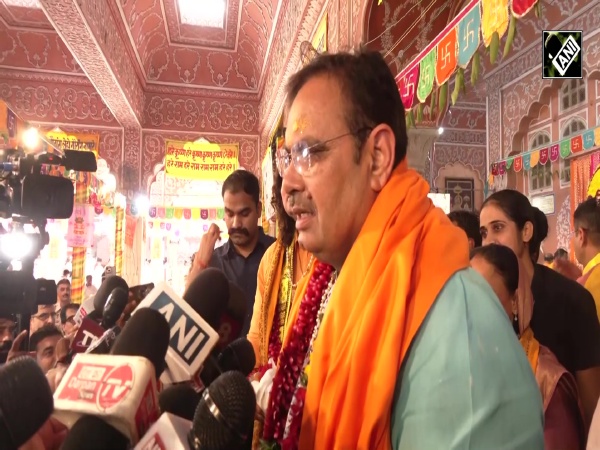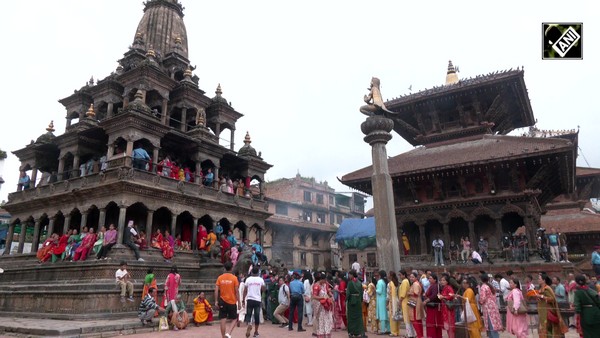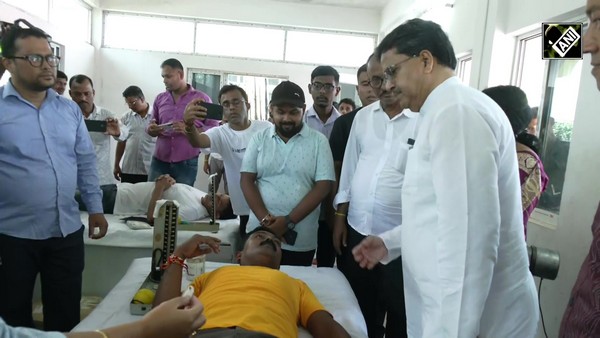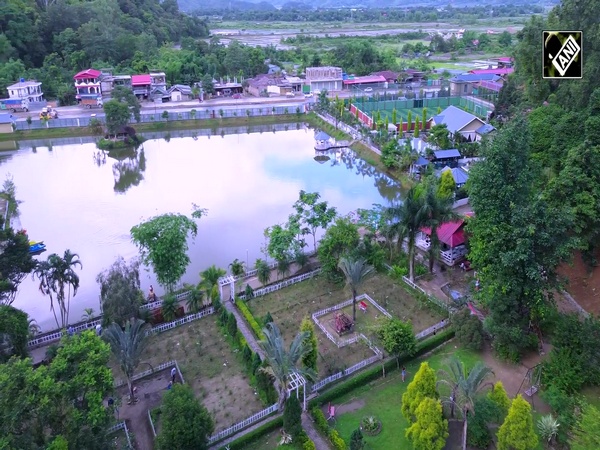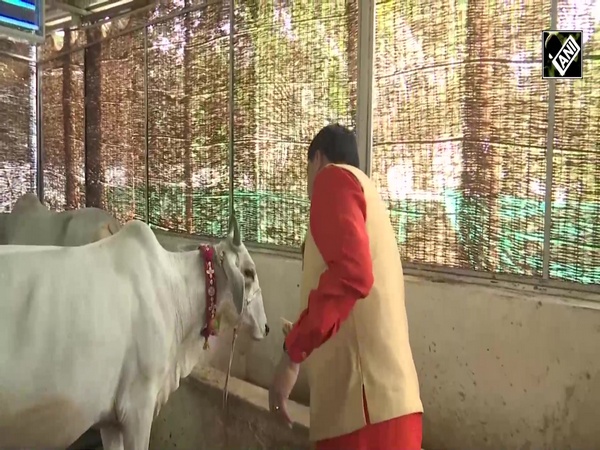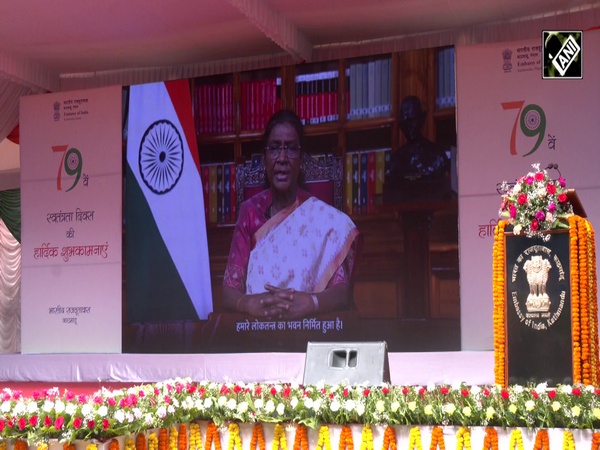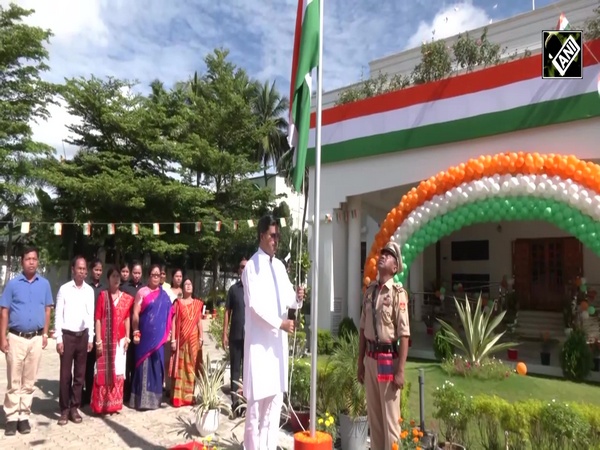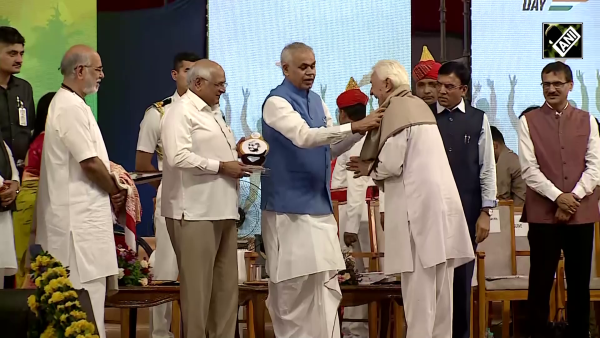Congress' Jairam Ramesh says, Modi govt tried to weaken 2010 Act meant for protecting Archaeological Sites
Oct 29, 2023

New Delhi [India], October 29 : Congress leader Jairam Ramesh on Sunday alleged that the Central government has tried to weaken the Ancient Monuments and Archaeological Sites and Remains (Amendment and Validation) Act, 2010, which was passed to protect India's cultural heritage.
On X, Jairam Ramesh posted, "The NMA (National Monuments Authority) was set up soon after Parliament passed the Ancient Monuments and Archaeological Sites and Remains (Amendment and Validation) Act in March 2010. This was a huge step forward for the protection of our cultural heritage which is under constant threat."
"NMA has so far laid in both Houses of Parliament a total of 8 heritage bye-laws covering 34 centrally protected monuments, and that the draft heritage bye-laws for the famed 80-pillared hall and other structures dating back to the time of Emperor Ashoka at Kumrahar, a suburb of Patna, have now been released for public consultations."
Ramesh, however, alleged that the Modi government has tried to weaken the 2010 Act.
He said, "But it needs to be said that the Modi govt has tried to weaken the 2010 Act. It is the determined resistance of Congress and other parties that has prevented this from happening so far. I have also been highlighting the need to vastly strengthen the NMA and maintain its professional character."
Congress Leader Jairam Ramesh also shared a media report on X, stating that The National Monuments Authority (NMA) has released draft heritage bye-laws for one more centrally protected monument in Bihar.
Meanwhile, the NMA has released draft rules for protecting the Kumhrar Mauryan Palace, a historical site in Patna, Bihar. The rules cover how to manage the area around the monument and how to give permission for construction in that area.
The rules are important because they cover the site of the 80-pillared assembly hall, which is thought to be the earliest proof of the ancient city of Pataliputra. The hall is currently buried under 20 feet of soil, and the NMA has been criticized for not doing anything to uncover it.
The rules also cover the sites of Arogya Vihara, a hospital monastery for Buddhist monks, and a monastery with a seal that shows its plan and name. These two discoveries have provided more evidence that there was a hospital in Pataliputra, as the Chinese traveller Fa-Hien noted in the 5th century CE.
Notably, the Heritage Bye-Laws are intended to guide physical, social and economic interventions within 300m in all directions of the Centrally Protected Monuments. The three hundred meters area has been divided into two parts- the Prohibited Area, the area beginning at the limit of the Protected Area or the Protected Monument and extending to a distance of one hundred meters in all directions, the Regulated Area, the area beginning at the limit of the Prohibited Area and extending to a distance of two hundred meters in all directions.






